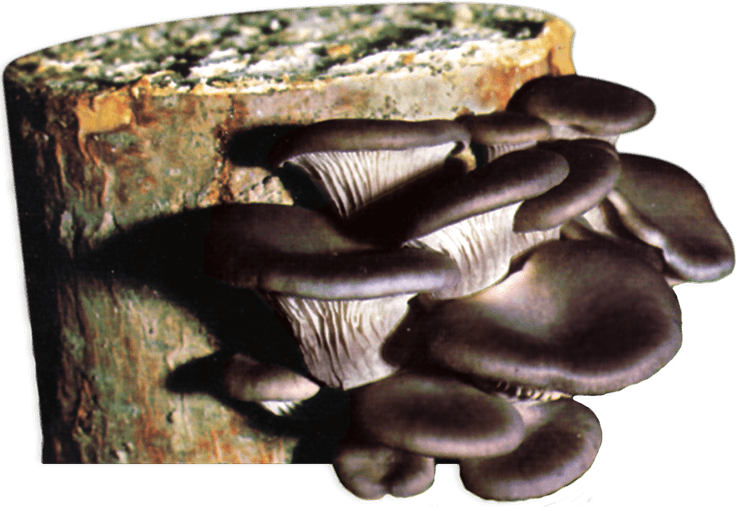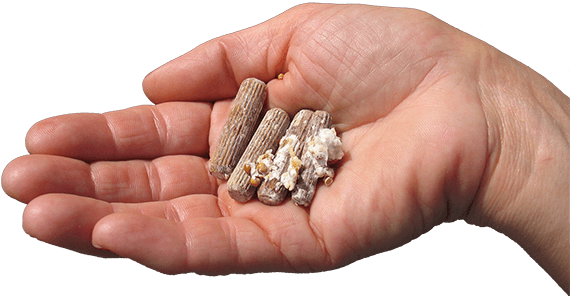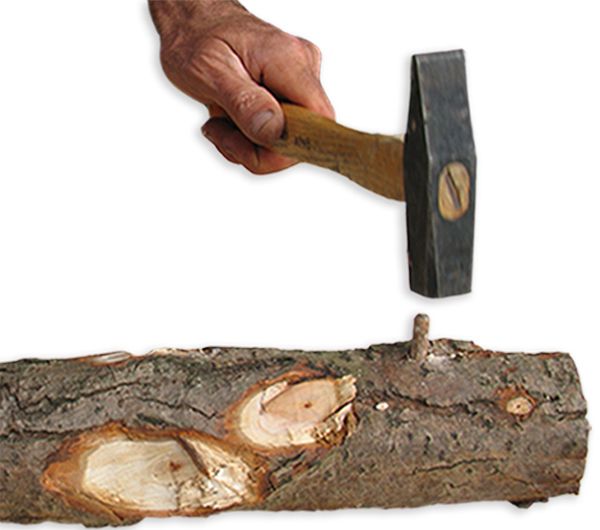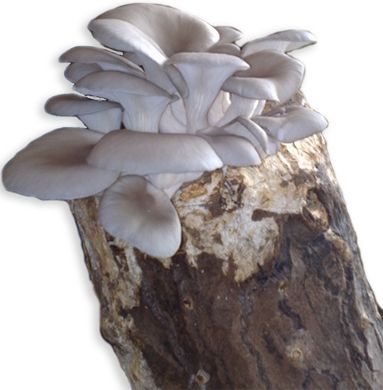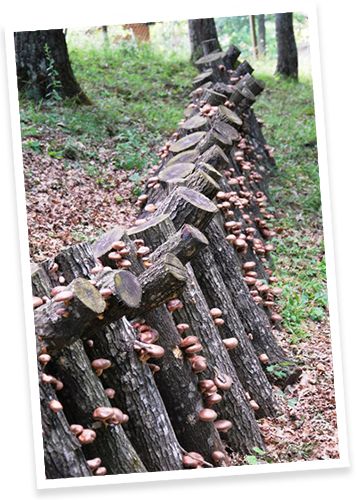1.
Choose a stub or a tree on which to plant the Spawn Plugs (hereinafter you will find some tips on which wood to prefer based on the fungus you want to grow).
2.
Drill holes in the wood with a diameter of 8 mm and a depth of 45 mm with a drill. The inoculum holes must be spaced 8-10 cm apart both on the circumference of the socket and between one line of circumference and the other.
3.
With a hammer, plant the Spawn Plugs in the holes created.
4.
Put the logs to incubate in a plastic bag that must have the top with the mouth folded but not sealed so as to have only a light gaseous exchange but, absolutely, not a recirculation of air.
5.
At the end of incubation, ie when the mycelium has invaded the wood, remove the log from the bag and place it in the garden or in a corner of the house or cellar: with correct climatic conditions, mushroom production will continue for about 3 years.
